In the marine ecosystem, narwhals or “unicorns of the sea”, measure the temperature changes in Greenland’s arctic waters, because they can dive far deeper than humans, so scientists can track global warming. Climate scientists at the University of Washington attached thermometers and small satellite transmitters to the narwhals and found that waters in Greenland’s Baffin Bay are 0.9°C warmer than formerly calculated.
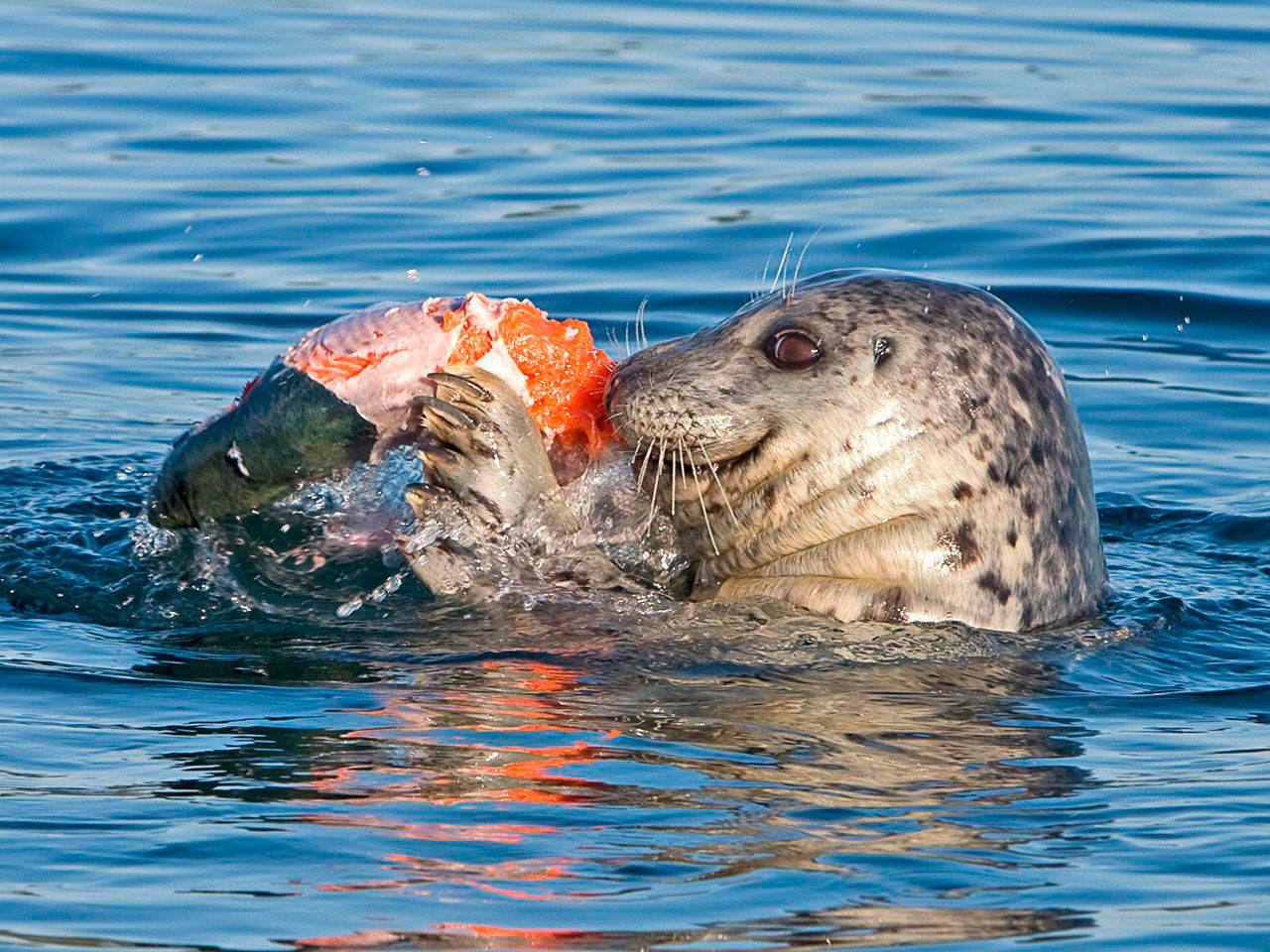 Seal. Source: cutewallpaper.org
Seal. Source: cutewallpaper.org
Like narwhals, sea lions and seals can easily dive deep below the water surface and go to places where few people have gone before. Researchers at the University of California Santa Cruz outfit them with special equipment to measure salinity, temperature, and other conditions, so they can develop better models of ocean water circulation and track climate change effects.
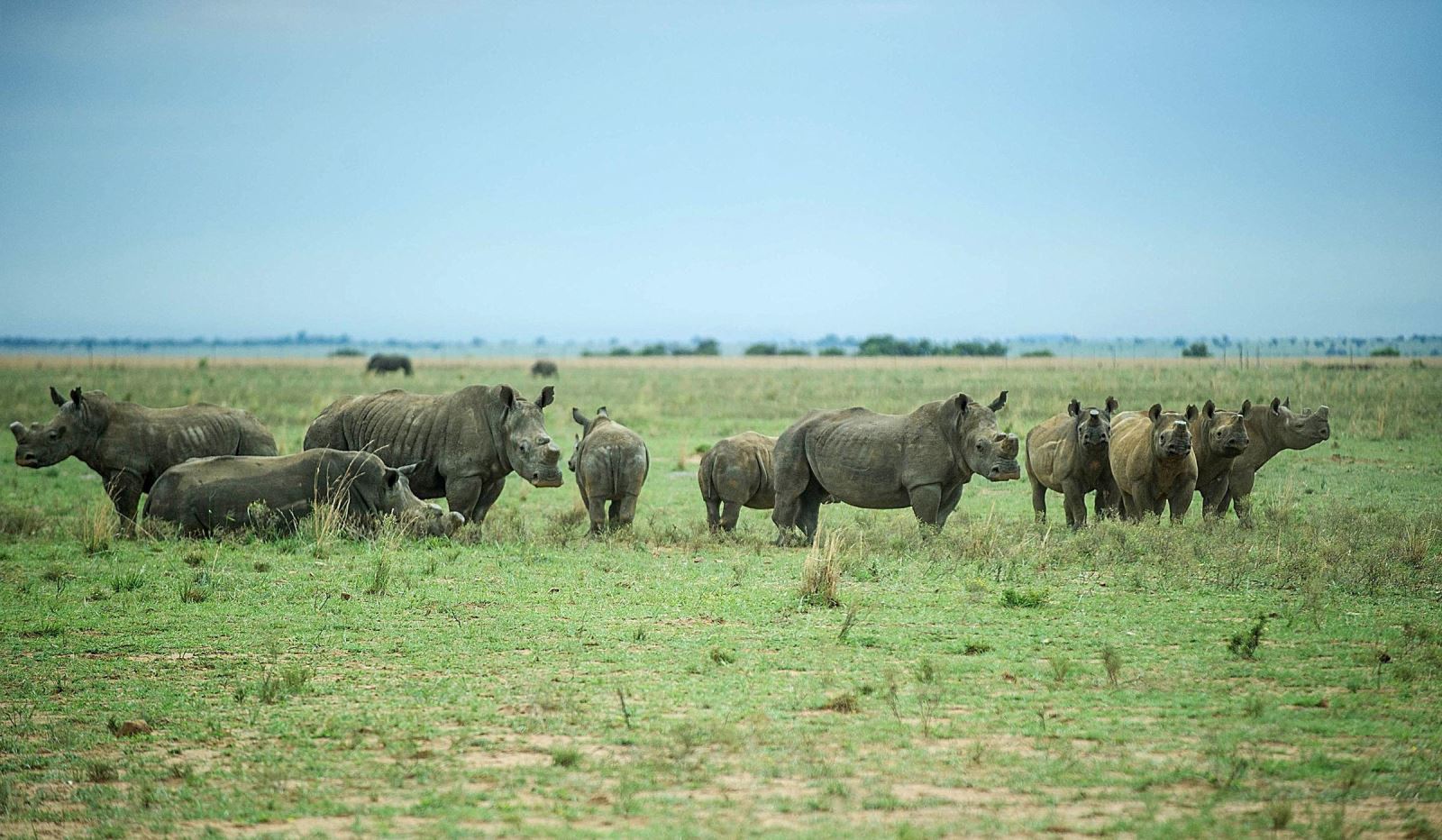 Rhinos: edition.cnn.com
Rhinos: edition.cnn.com
In the wild, rhinos have a pivotal role in maintaining the Savannah grasslands; any decline in the rhino population affects the structure and composition of the grasslands badly. By choosing certain plants over others, rhinos increase biodiversity by giving other species of plants the ability and space to grow. Grasslands sustain several species; whether directly as a source of nutrition, or indirectly by sustaining the predators’ food source. Preserving these grasslands is very important for preserving the ecosystem, and the only way to conserve it is by conserving the rhino.
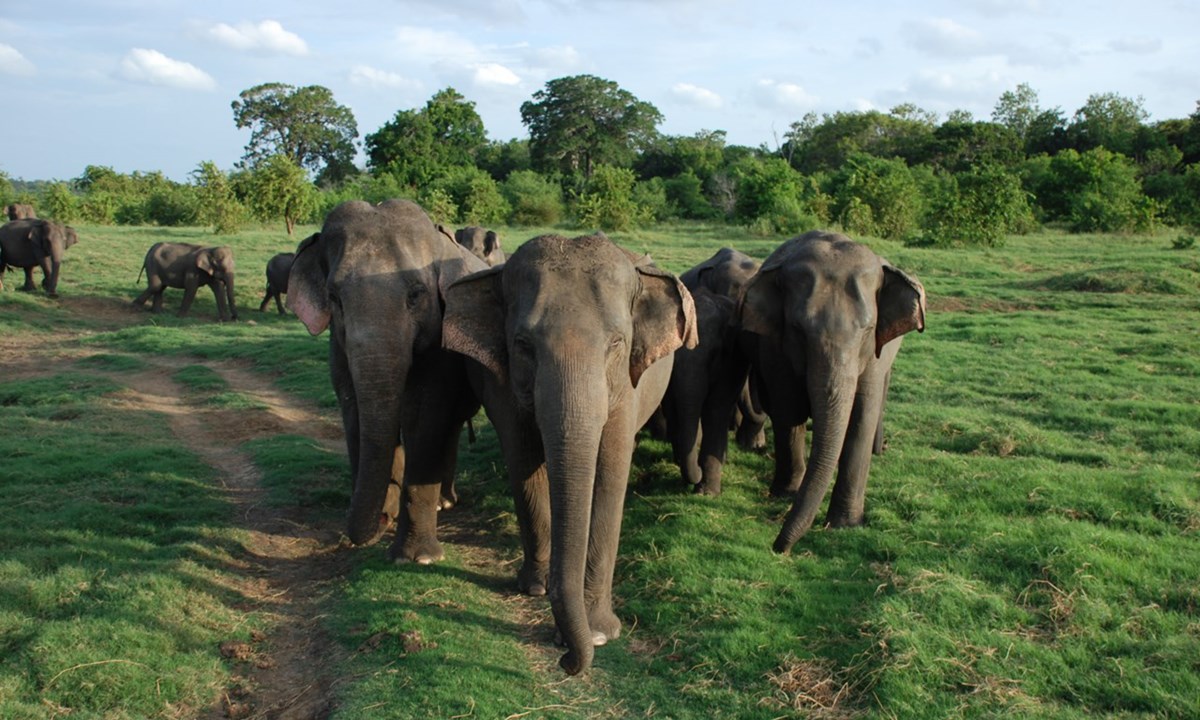
The African Elephant, on the other hand, plays a vital role during droughts; they have the ability to locate water more than 19 kilometers away, then they use their tusks to dig for it. This act not only helps them survive, but also provides water to other animals that share these harsh environments with elephants. They also use their tusks to dig up ground minerals, allowing other animals access to the vital minerals that their diets lack. Other than that, elephant dung is filled with various digested seeds, which are then deposited on the ground with their very own source of fertilizer, growing into new grasses, bushes, and trees.
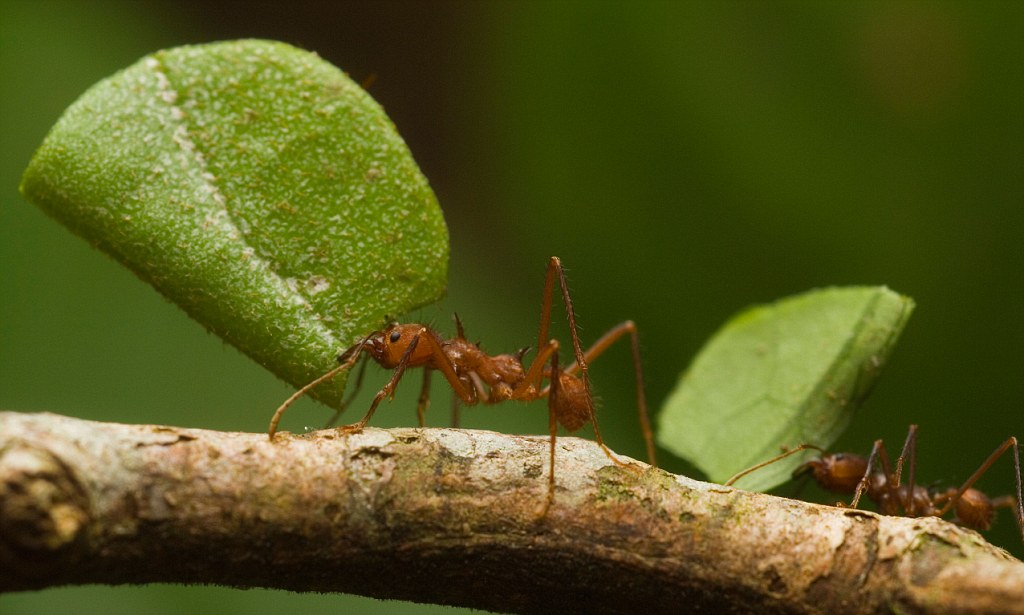 Ant. Source: dailymail.co.uk
Ant. Source: dailymail.co.uk
Ants are considered the most abundant insects on our planet; their presence in nature is essential to the wellbeing of the habitats in which they live. They act as decomposers by feeding on organic waste, insects, or other dead animals. They also aerate the soil and recycle nutrients through digging galleries and tunnels; by doing so they till the soil by bringing pebbles and particles to the top. They even help in reducing the use of chemical fertilizers and the need for irrigation. A 2011 study concluded that in dry climates, ants and termites increased wheat crop yields by 36%.
Seed-harvesting ants transport seeds to their nutrient rich nests, where plants can safely grow, free of harm from herbivores. Ants sometimes travel far distances with seeds, granting plants their desired dispersal goal for less light, space, nutrition, and water competition with other plants. After seeding, plants need pollination; the transfer of pollen grains from the plant’s anther to the stigma of the same plant, or another plant of the same species. This transfer of pollen can be through wind, birds, bats, and of course, honey bees.

A foraging honey bee may only be about 15 mm long, but it is loaded with special adaptations designed to maximize the collection of pollen and nectar from flowers. Bees are not the only insects that help in pollination; nectar-eating bats are crucial pollinators for over 500 plant species, many of which are ecologically significant. When bats drink a flower’s nectar, they subsequently pick up pollen and transfer it as they feed.
Bats are exceptionally important to our ecosystem although they are often portrayed as creepy creatures; in reality, of more than 1,200 species of bats, only three types are blood-sucking vampires. Insectivorous bats help farmers save billions of dollars of crops each year, while reducing the need for chemical pesticides. They perform nocturnal insect control services by consuming millions of pest insects each year. In many places of the world, mosquitoes are vectors of deadly diseases, such as malaria and dengue fever; a single brown bat can eat up to a thousand mosquitoes in one hour.
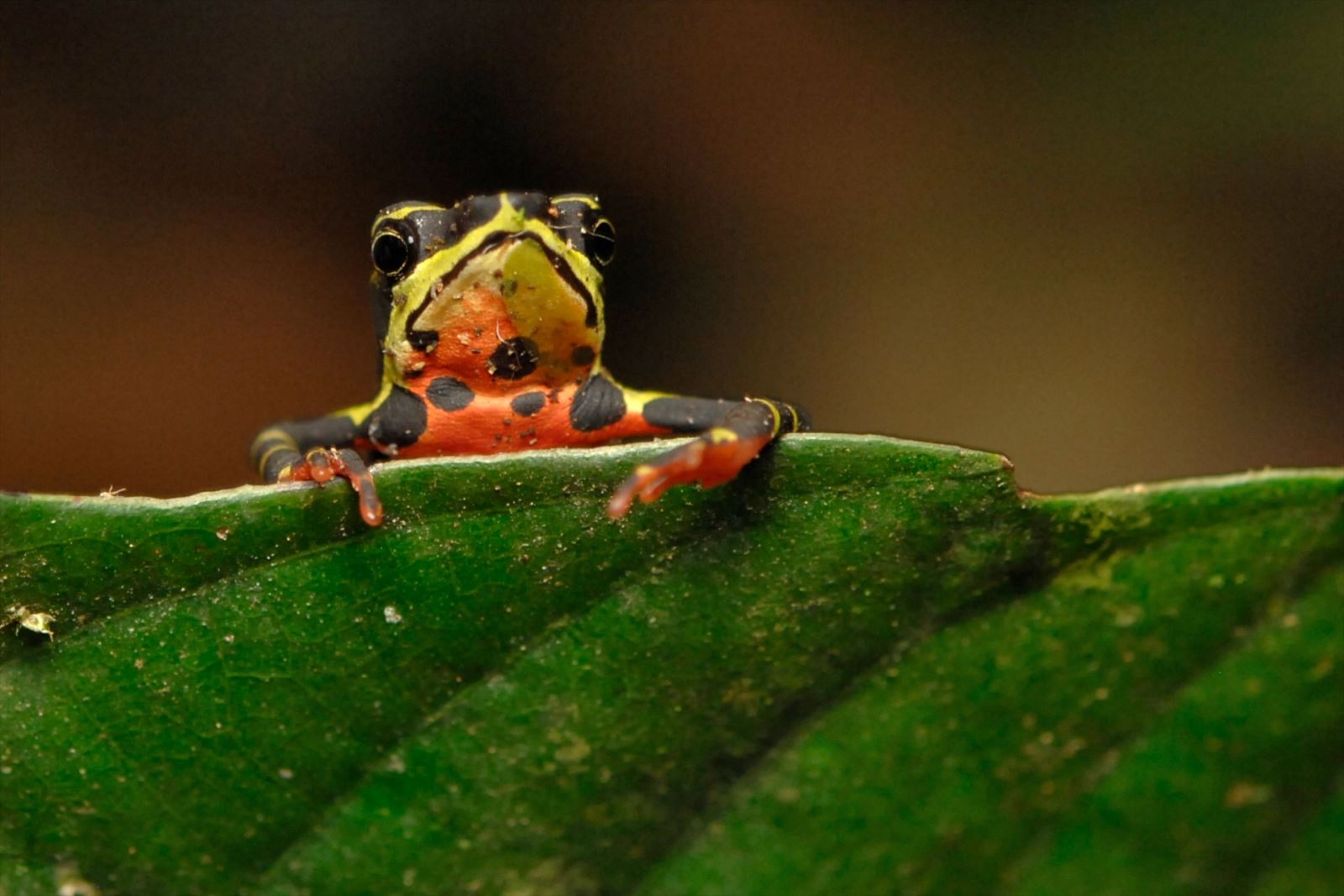
Those are not the only animals that are crucial for sustaining our ecosystems, frogs are far more important to humans than just being used for dissection experiments. Frogs actually act as bio-indicators, indicating whether the ecosystem is healthy or not. Frog skin is porous and permeable, allowing substances present in the environment to be absorbed within their fatty tissues. Since these amphibians have the ability to live terrestrially and aquatically, they can indicate contamination dilemmas for both habitats. Since frogs will most often be the first animals to react to biological hazards, they are helpful for warning humans to take action.
Birds, of course, perform a broad variety of ecological roles, including forest decomposition, insect pest control, nutrient recycling, bio-indication of ecosystem health, plant pollination, and seed dispersal. Some ground-dwelling birds even help aerate and turn up soil with their claws. Though ant, termite, bat, and frog species might be the masters of their trades, birds certainly seem like the jack of them all.
Unfortunately, many of the species listed above are in danger due to parasitic threats, deforestation, habitat loss, pollution, and other environmental concerns. There are many simple ways you can help, including using eco-friendly products, being aware of your environmental impact, and making daily conscientious and compassionate choices. We are all in this together!
The Earth, its ecosystems, and its creatures are all deeply connected. Thus, the existence of many species depends on the survival of others; human beings are not an exception. Believe it or not, many animals actually help people by just performing their natural roles in their environment, and we are benefiting from their services for free. Let us not pay them back by killing them off!
References